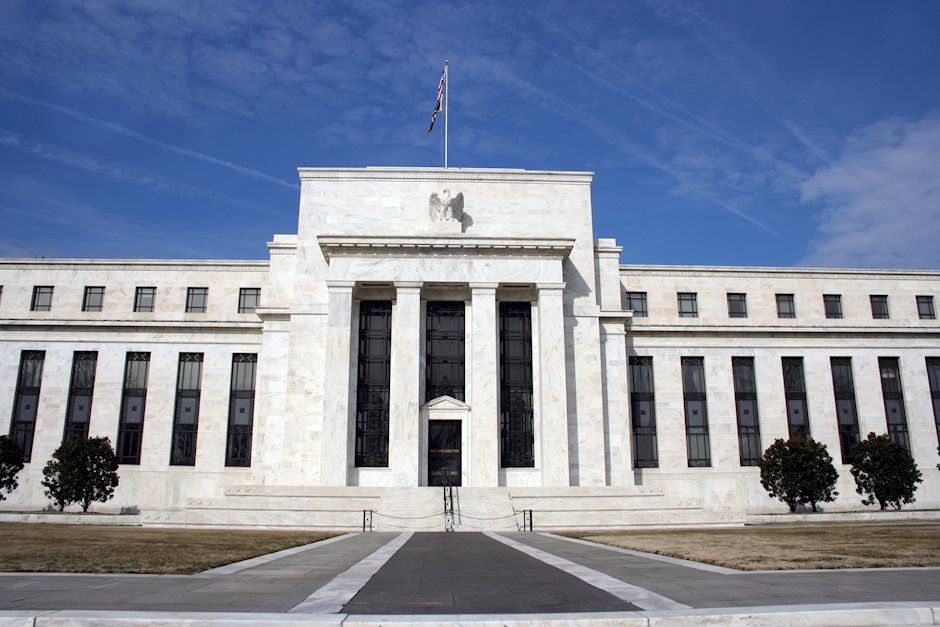Would “stagflation” hurt Bitcoin? It could depend on the Fed

Key points
-
Bitcoin returned 121% in 2024.
-
How would Bitcoin and digital assets fare in a stagflation scenario?
-
A new paper by Fidelity Digital Assets examines the potential impacts.
A new research paper examines what could happen to Bitcoin if inflation starts rising and the economy slows.
In 2024, Bitcoin had a tremendous year, returning about 121% and peaking at $106,000 before falling back to around $92,000 to end the year. In doing so, Bitcoin outperformed the Nasdaq, the S&P 500, and gold.
The key question that analysts and economists are pondering is whether or not that outperformance will continue in 2025, particularly if inflation starts rising again and the economy slows.
In a new research paper, Fidelity Investments Digital Assets posits that the performance of Bitcoin and digital assets could be impacted in such a scenario — called stagflation.
But Fidelity researchers say the key determinant of how Bitcoin fares in such an environment could the response by the Federal Reserve.
Fed response is key
Fidelity researcher and co-author of the paper Chris Kuiper argues that stagflation — a scenario where economic growth is stagnant and inflation rises — is a potential concern.
“While this is not a prediction, we do find it unusual that it is not discussed more as a possible scenario,” Kuiper wrote.
The author drew parallels to the 1970s and 1980s, where high inflation rates persisted in waves. The central bank thought it might have tamed inflation, only to see it come back time and again, Kuiper wrote.
While it is impossible to predict with any certainty if that will happen now, inflation rates have remained sticky and ticked back up after hitting a low of 2.1% in September. While acknowledging that inflation rates are not near the level they were in the 70s and 80s, the parallel remains.
“Combine this with continued large and structural fiscal deficits—along with a Fed that has now embarked on a rate cutting cycle—and it is not difficult to imagine inflation coming back in a second wave,” Kuiper wrote.
If inflation does continue to rise and the economy slows, how would that impact the performance of Bitcoin? It largely has to do with the Fed’s response, Kuiper said.
“Based on our research, we think if the U.S. were to encounter a stagflation scenario, the performance of Bitcoin would depend on the fiscal and monetary policy response,” Kuiper wrote. “If fiscal and monetary institutions chose to fight the “stag” part of the problem through increased spending or monetary tools, Bitcoin could potentially perform well, albeit likely with another lag. However, if controlling the “flation” part becomes the higher priority and is addressed with significant reductions in the money supply, liquidity, and fiscal spending, then bitcoin could potentially face headwinds on a relative basis.”
In other words, if the Fed’s response to stagflation is to raise rates and reduce the money supply, Bitcoin and digital assets could suffer. However, if the Fed responds by increasing liquidity and lowering rates, that could be beneficial for digital assets, as it has been historically.
Least likely scenario
Kuiper contends that if there is stagflation or a recession in 2025, Bitcoin would probably still do well if the Fed moves to lower rates and provide fiscal stimulus.
“If risk assets continue to appreciate and inflation continues to run above the 2% target, Bitcoin will also likely do well,” Kuiper wrote in the paper. “Bitcoin will only face obstacles on a relative basis if there is a drastic cut in fiscal spending and slowing or reversing of money creation. However, in our opinion, this is the least likely scenario given the fiscal situation of high structural deficits and a highly indebted monetary system.”
Author

Jacob Wolinsky
ValueWalk
Jacob Wolinsky is the founder of ValueWalk, a popular investment site. Prior to founding ValueWalk, Jacob worked as an equity analyst for value research firm and as a freelance writer. He lives in Passaic New Jersey with his wife and four children.
















